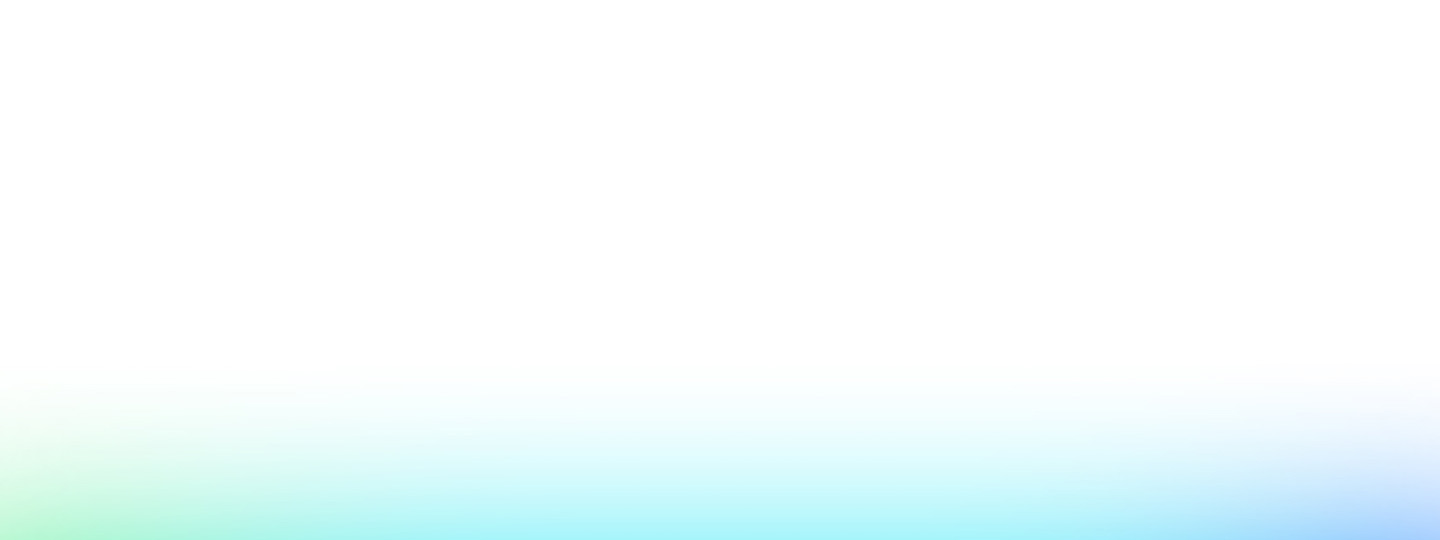Exclusions or limits for instant asset write-offs
Five main types of assets which are not eligible for full expensing are:
- Expensive cars
- Assets located overseas
- Assets not used within a business
- Buildings and other assets are eligible for capital work deductions
- Some primary production assets which already have an instant write-off scheme (like water facilities and fencing)
Instant asset write-off example: Car limit
The car limit was implemented to prevent businesses from spending too much on luxury cars at a taxpayer’s expense. For tax purposes, motor vehicles that aren’t considered cars do not need to follow the expensive car limit. This means that commercial vehicles such as trucks, vans, and buses bought and used for business operations can be fully written off.
For example, let’s say a small office supplies business uses the simplified depreciation rule. On 15 June 2024 the business purchased a car designed to carry passengers for $80,000 (including GST). The car was delivered and ready for business use on 5 December 2024. The car was used 75% of the time for business purposes.
As such, the maximum amount the business can claim for depreciation is $52,255 (75% of $69,674 car limit for 2024–25 income year). They're not able to claim this amount under the instant asset write-off, because the value of the vehicle, $80,000, is greater than the $20,000 instant asset write-off limit for the 2024–25 income year. They add $52,255 to their small business pool, where it depreciates at 15% in the first year and 30% for each subsequent year.
They can't claim the balance of cost of the car ($27,745) under any other depreciation rules.
Alternatively, if your vehicle is not considered a passenger vehicle, the car limit doesn't apply.




















